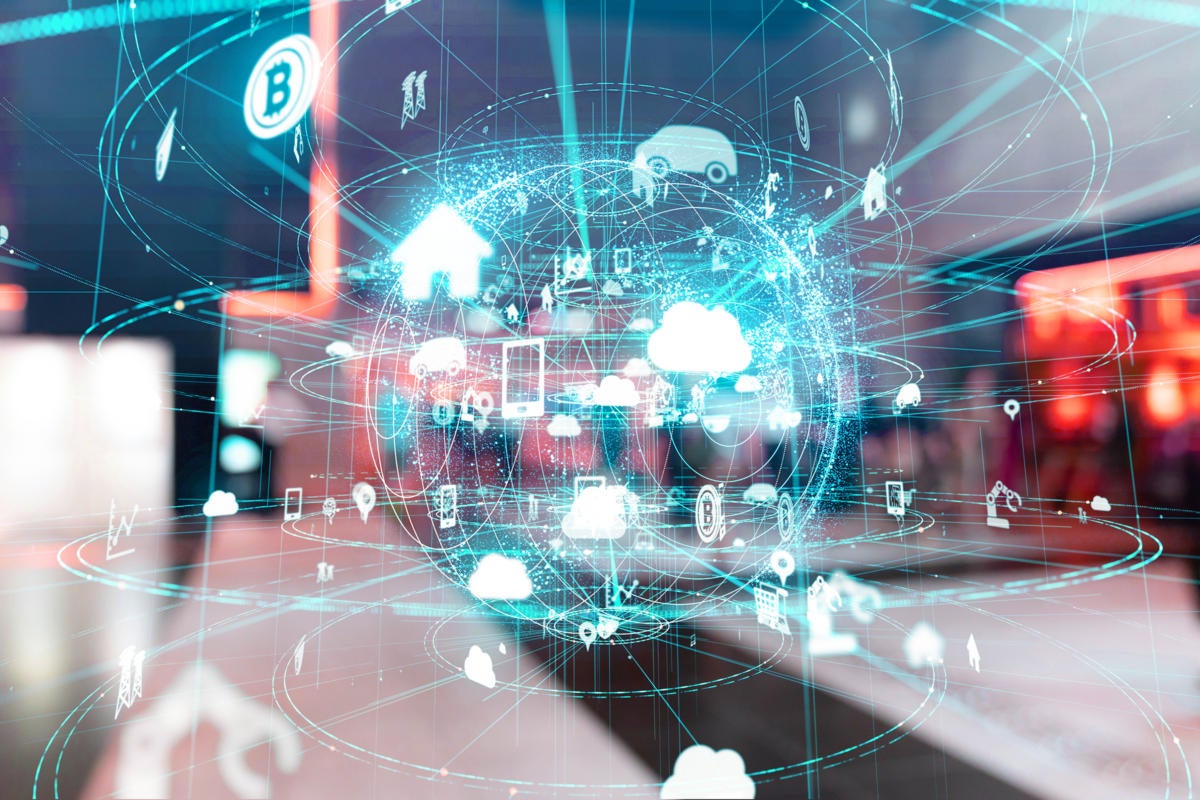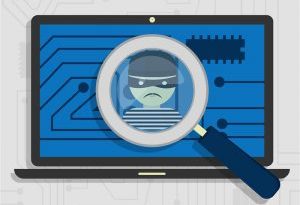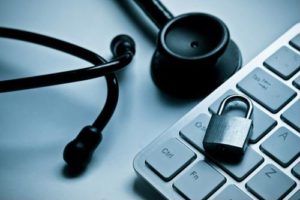IoT roundup: Tech companies step up to help fight against COVID-19

We’ve seen few efforts as monumental as the global fight against the COVID-19 pandemic. While the tech sector as a whole has suffered less than many other industries, individual companies and organizations are stepping up to help battle the virus’ spread, and IoT in particular offers numerous methods to help keep people healthy.
In the healthcare sector, a San Antonio-based startup has developed an autonomous robot that can sanitize hospital rooms on its own, obviating the need for human workers to be exposed to the virus. XENEX’s LightStrike robots use powerful UV lights to kill off pathogens lingering on surfaces, and they’re coordinated and monitored in near-real-time via AT&T’s cellular network. The mobile operator also says that it’s partnering with a second company, Brain Corp, to connect a similar type of robot worker, this one designed to clean stores, restock items and even provide automated delivery services.
[ Related: How smartphone apps could save lives (and the economy) ]
“The health crisis is a clear example of how advanced technology and IoT solutions can radically improve the way we approach and solve societal challenges,” said AT&T senior vice president Chris Penrose, in a statement.
Security woes spread with pandemic
Poorly secured IoT devices pose a serious security threat, but new research from Palo Alto Networks indicates that medical imaging systems could prove a particularly easy target for bad actors as telehealth demand takes off in response to the pandemic.
Using data gleaned from the company’s own security products, Palo Alto reported that 72 percent of healthcare VLANs had both IT and IoT devices connected to them at the same time, meaning that malware from computers could easily be spread to medical devices like imaging systems. And almost all (98 percent) device traffic from IoT products is unencrypted, while 83 perecent of medical imaging devices are running on unsupported operating systems. That’s a lot of alarming security data points about a technology that’s only going to get more important as time goes by.
As usual, a grain of salt is necessary here – this is a security company hyping up research that suggests a strong demand for its product. But it’s hard to argue that the lack of active security support for crucial medical devices isn’t worrying at this particular moment in time.
A smartphone app that tests and tracks coronavirus
Swiss barcode reader company Scandit has a couple of useful innovations available to help slow the spread of COVID-19, both of which center on a smartphone app. The first is a patient data capture function for coronavirus testing, allowing healthcare providers in a clinic to simply scan a patient’s driver’s license, then the barcode on a blood or swab test sample, and the two are automatically linked without the need to handle documents or make physical contact with the patient.
The other product is a contactless proof-of-delivery web app, which could be very helpful indeed, as demand for delivery services skyrockets. Instead of having to interact with a delivery person, customers can simply scan the barcode on their goods and sign to acknowledge receipt right there in the app. With social distancing likely to remain a crucial concern for the immediate future, minimizing contacts outside the household is a necessity.
Tax dollars at work to help better treat COVID patients
The FCC announced earlier this month that it would help healthcare providers buy $200 million worth of telehealth goods and services, thanks to the recently passed CARES Act. Allowing as many patients as possible to be treated at home frees up space in healthcare facilities for people who really need it, and helps cut back on disease transmission.
The program covers three major areas of telehealth: Broadband and Internet connectivity, remote information services like patient monitoring and connected diagnostic or tracking devices, like heart rate monitors that report data back to the provider. Eligible healthcare providers can even get reimbursed for previous COVID-related purchases, as long as they were made after March 13.
READ MORE HERE



